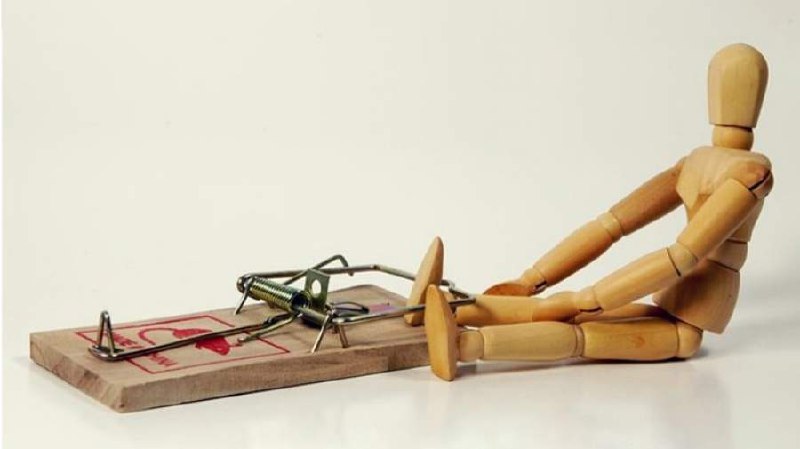Types of personality traps and their role in human life
“Life traps”, which are also called personality traps, can be considered the popular equivalent of schemas that are formed in our minds from childhood and adolescence. These traps are repetitive patterns of thinking, feeling, and behaving that repeat throughout life if not changed.
Such patterns, which are the traps of life, are rooted in the behavior of those around us in our childhood. We are traumatized in many ways as children: rejection, criticism, over-support, abuse, neglect or deprivation. As a result of these early experiences, the traps of life have become a part of us. After going through childhood and leaving our father’s house, by creating situations or choosing new people, we recreate the same bitter childhood conditions. In other words, right now others are controlling us, mistreating us, or ignoring our needs. Therefore, the traps of life do not stop us and continue. Maybe it is because of the continuation of life’s traps that we face failure in achieving life’s goals.
“Life traps” or schemas are self-defeating and self-destructive patterns of thought, emotion, and behavior that keep us stuck.
It is easy to create life traps; Because at a young age, we need 6 big emotional needs that must be met to the extent necessary for proper growth. These needs include basic safety, connection with others, autonomy, self-esteem, self-expression, and realistic limits. If the child is deprived of any of these basic needs or if any of these needs are given to him excessively, he will fall into one of the traps of life. There are various factors that influence whether these basic emotional needs are low or high. These factors can include parental mental illness, lack of structure, environmental disasters such as hurricanes, financial stressors, lack of parental education, political unrest, etc.
Jeffrey E. this concept. Yang, a famous American psychotherapist, proposed three decades ago
https://www.migna.ir/news/52636
This post is written by Mohamad_61
